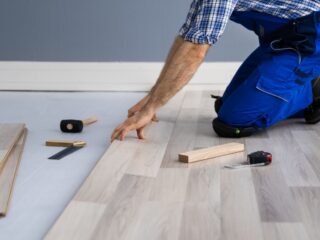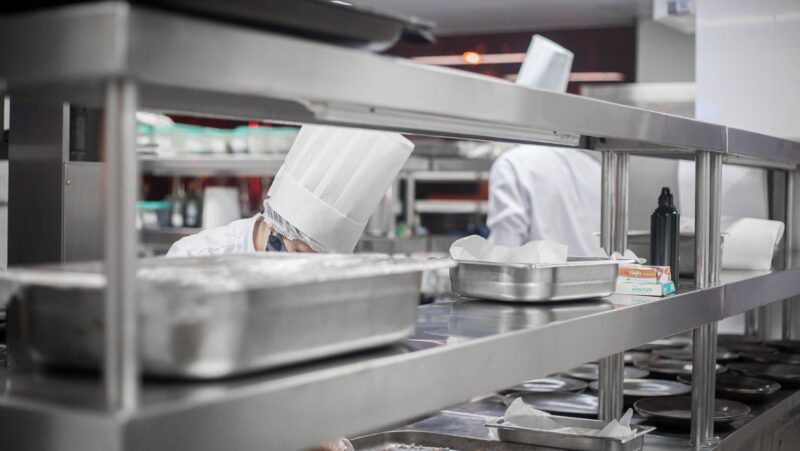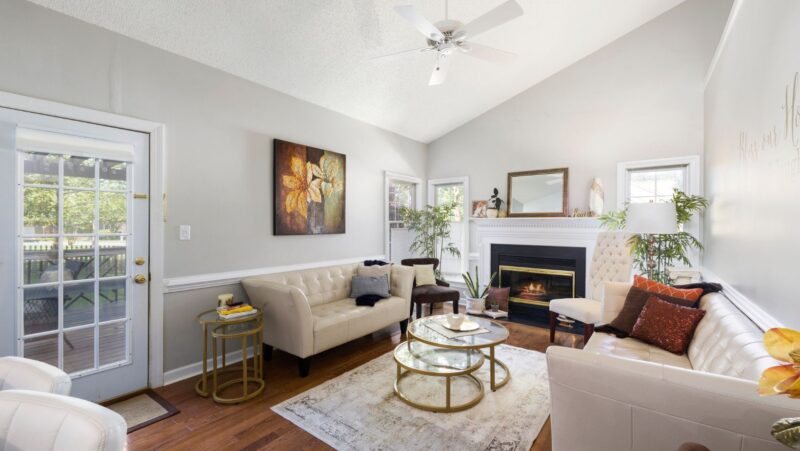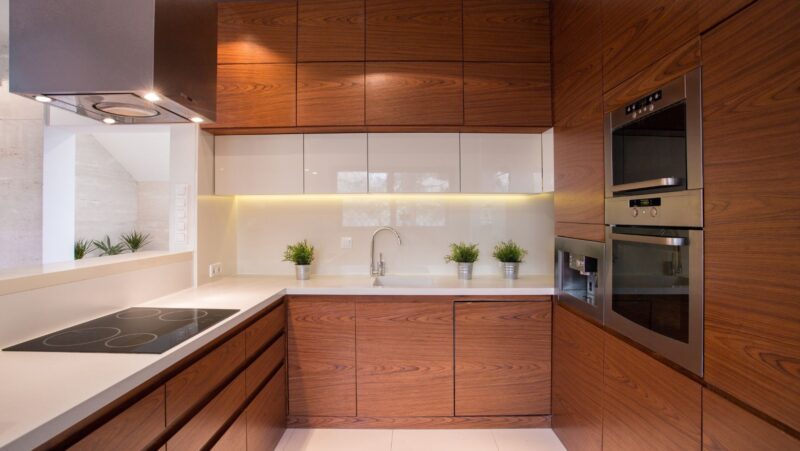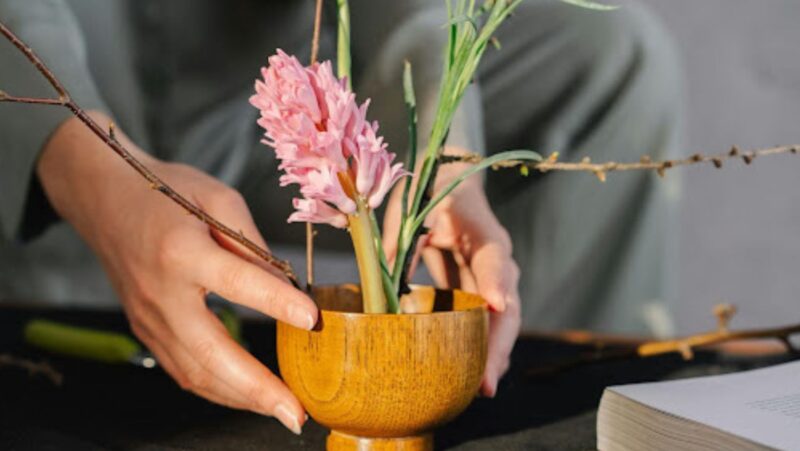
Wallpaper installation is a project that can be done at any time of year. However, it may seem like the perfect time to start is when there’s less going on in the house. This is because there’s a higher chance that you’ll be able to finish the project without interruption. When it comes to installation, there are a few things you should keep in mind in order to achieve a flawless finish. finish.
What is wallpaper
Wallpaper is a type of material used to cover and decorate the walls of a room. It is typically made from paper, but can also be made from fabric, vinyl, or other materials. Wallpaper comes in a variety of designs and colors, making it a versatile choice for any room in your home.
Measure the walls to be wallpapered and make sure you have enough wallpaper
Once you have determined the area to be wallpapered, it is important to measure and make a note of the dimensions. This will help you determine how much wallpaper you will need. In addition, it is beneficial to have some extra paper on hand in case of any mistakes.
Prep the walls by washing them and removing any old adhesive or paint
Prep the walls by washing them and removing any old adhesive or paint. If there is any grease or dirt on the wall, it will need to be cleaned before installing the wallpaper. Use a mild detergent and water solution to scrub the surface and then rinse with clean water. Allow the walls to dry completely before proceeding.
Cut the wallpaper to size, making sure to avoid any mistakes
Once you have determined the amount of wallpaper you will need, it is time to cut it to size. Use a sharp blade to cut the paper accurately, making sure to avoid any mistakes. If you are not comfortable using a blade, ask someone else for help. Once the wallpaper is cut to size, it is ready to be installed.
Paste the wallpaper onto the wall using a pasting brush or roller
Paste the wallpaper onto the wall using a pasting brush or roller. Make sure to evenly distribute the paste so that there are no air bubbles. Start at the top of the wall and work your way down. Once the wallpaper is in place, use a smoothing tool to remove any wrinkles or bubbles.
Smooth out any bubbles or wrinkles in the paper with your fingers
Smooth out any bubbles or wrinkles in the paper with your fingers. You can also use a smoothing tool for this purpose. Once the wallpaper is completely smooth, allow it to dry for the amount of time recommended by the manufacturer.
Trim off any excess paper around the edges of the wall
Once the wallpaper is in place, use a sharp blade to trim off any excess paper around the edges of the wall. Be careful not to cut into the wallpaper itself. If there is any excess paper, it can be trimmed off with scissors.
Enjoy your newly installed wallpaper!
After the wallpaper has dried, you can sit back and enjoy your handiwork. You may want to add some finishing touches, such as picture frames or other decorations, to complete the look. Whatever you choose, you can be proud of your accomplishment. With a little time and effort, you can achieve a professional-looking wallpaper installation.
can you paint wallpaper
One question that often comes up is whether or not wallpaper can be painted. The answer is yes – you can paint wallpaper, but it’s not always necessary. In some cases, painting the wallpaper may actually make it more difficult to remove later on. If you’re not sure whether or not to paint your wallpaper, ask a professional for their opinion.


